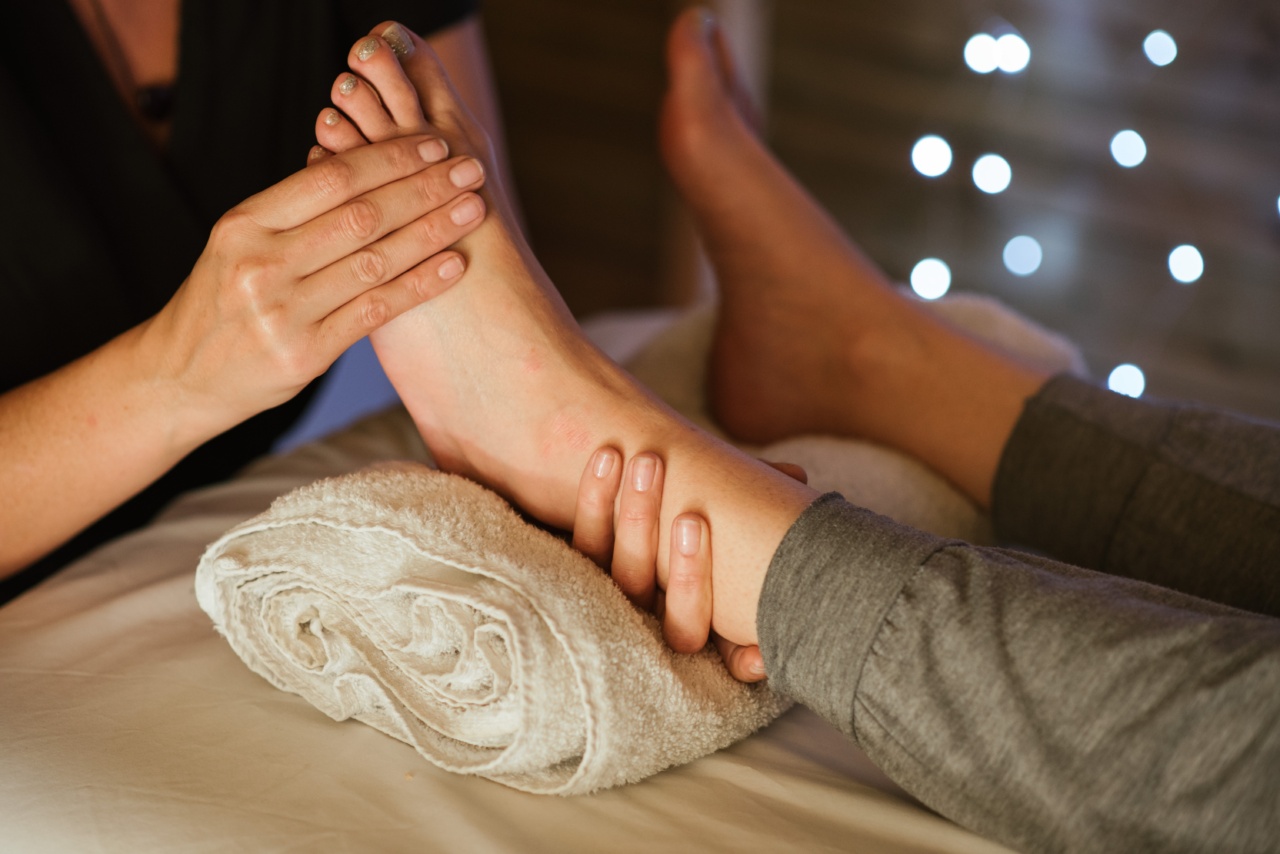Introduction
Hip replacement surgery is a commonly performed procedure to relieve pain and increase mobility in individuals suffering from hip joint damage or disease.
The success of this surgery depends not only on the surgical procedure itself but also on the rehabilitation process that follows. Appropriate post-operative rehabilitation plays a crucial role in ensuring a full and successful recovery. However, there can be missteps in rehabilitation after hip replacement surgery that can hinder the overall outcome.
This article aims to explore some of these missteps and provide valuable insights for patients and healthcare providers to avoid them for a smooth recovery process.
The Importance of Rehabilitation after Hip Replacement
Rehabilitation after hip replacement surgery is essential as it helps patients regain strength, flexibility, and range of motion in the hip joint.
Prompt initiation of rehabilitation exercises also minimizes the risk of complications such as blood clots, infection, and joint stiffness. The rehabilitation process typically involves a combination of exercise, physical therapy, and lifestyle modifications to optimize the healing process and improve overall function.
Misstep 1: Inadequate Pain Management
One of the primary missteps in rehabilitation after hip replacement is inadequate pain management. Pain can significantly affect a patient’s ability to participate in and benefit from rehabilitation exercises.
It is important for healthcare providers to appropriately assess and manage pain levels through a combination of medications, physical therapy techniques, and alternative pain management strategies.
Misstep 2: Delaying or Skipping Physical Therapy
Another common misstep is delaying or skipping physical therapy sessions. Physical therapy plays a crucial role in the recovery process after hip replacement surgery.
It helps to improve strength, flexibility, and stability of the hip joint, allowing patients to regain normal function. By delaying or skipping physical therapy sessions, patients may experience prolonged recovery times and reduced overall outcomes.
Misstep 3: Overdoing or Underdoing Exercises
Inappropriate exercise intensity is another misstep seen in hip replacement rehabilitation. Overdoing exercises can lead to excessive strain on the surgical site, potentially causing complications or delays in recovery.
On the other hand, underdoing exercises may result in inadequate strength and reduced functional outcomes. It is crucial to find the right balance and follow a personalized exercise plan developed in consultation with healthcare professionals.
Misstep 4: Neglecting Weight Management
Weight management is often overlooked during the rehabilitation period. Excess body weight can put excessive stress on the hip joint, compromising the success of the hip replacement surgery and impeding the recovery process.
Healthcare providers should educate patients about the importance of maintaining a healthy weight and provide appropriate guidance for achieving and sustaining weight loss goals.
Misstep 5: Inadequate Attention to Assistive Devices and Modifications
Recovery after hip replacement surgery often necessitates the use of assistive devices such as walkers or crutches. However, one common misstep is not using these devices correctly or failing to make necessary modifications in the living environment.
Proper education and training about the use of assistive devices and making necessary home modifications can significantly enhance the recovery experience.
Misstep 6: Insufficient Emotional Support
The recovery process after hip replacement surgery can be physically and emotionally challenging. It is crucial to provide patients with adequate emotional support and address any psychological or emotional concerns they may have.
Neglecting emotional well-being can lead to increased stress levels, which can negatively impact rehabilitation outcomes.
Misstep 7: Inconsistent Follow-up with Healthcare Providers
Regular follow-up appointments with healthcare providers are essential to monitor the progress of rehabilitation and address any concerns or complications that may arise.
Lack of consistent follow-up can result in missed opportunities to address potential issues and optimize the recovery process. Patients should adhere to the recommended follow-up schedule and communicate any changes in symptoms or difficulties encountered during rehabilitation.
Misstep 8: Returning to Normal Activities Too Soon
Returning to normal activities too soon without proper guidance from healthcare professionals is a common misstep in hip replacement rehabilitation.
It is important to follow the recommended timeline for gradual return to activities while ensuring the hip joint has healed sufficiently. Premature engagement in strenuous activities can lead to reinjury or compromised outcomes.
Misstep 9: Ignoring Warning Signs of Complications
Certain warning signs may indicate potential complications after hip replacement surgery. These can include severe pain, swelling, redness, warmth around the incision site, fever, or difficulty with weight-bearing.
Ignoring or neglecting these warning signs can lead to further complications and delay in appropriate treatment. Patients should be educated about these signs and report any concerns promptly to their healthcare providers.
Misstep 10: Lack of Patient Education and Empowerment
Lastly, a significant misstep is the lack of patient education and empowerment. Patients should be provided with comprehensive information about hip replacement surgery, the rehabilitation process, and the expected outcomes.
A well-informed patient can actively participate in their recovery, adhere to prescribed guidelines, and make educated decisions regarding their health and well-being.































